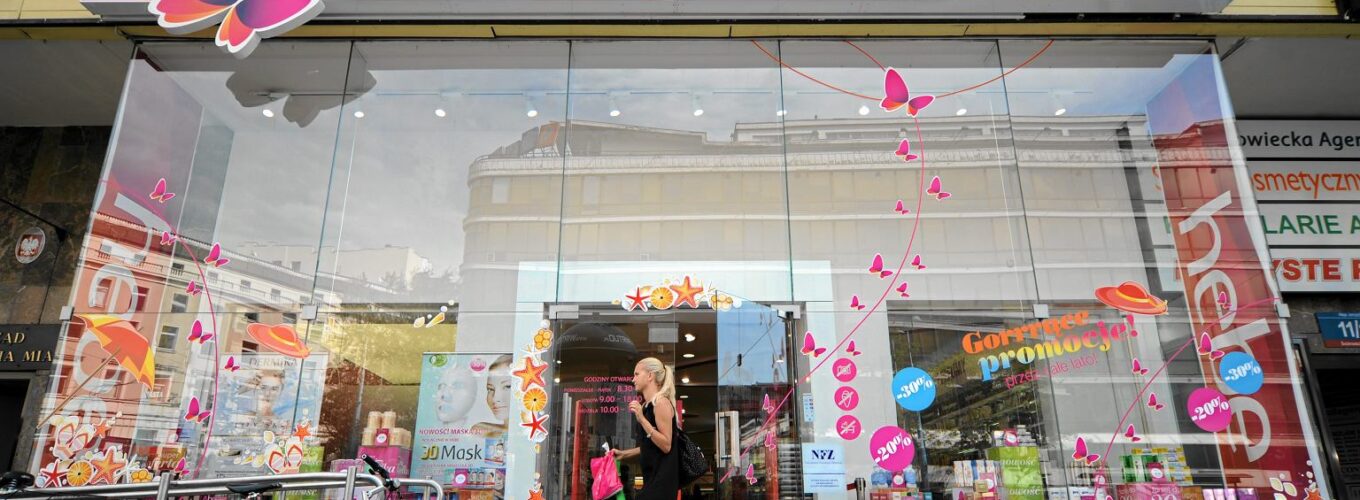Predicting Beauty: Hebe Increases Customer Lifetime Value by 60%

In Short:
Delve Deeper helped Hebe transform its paid search strategy by introducing a predictive lifetime value model. Instead of spending broadly, Hebe began investing where it mattered most, on customers most likely to return and spend more. In just a few months, the strategy drove a 60% increase in the value of new high-value customers and an 18% lift in the number of those customers acquired.
The Challenge:
In the increasingly competitive beauty and wellness retail market, Hebe, one of Poland’s leading drugstore chains, found itself facing a familiar problem: not all customers were created equal. While acquisition numbers might look healthy on the surface, the long-term value of those customers often told a different story. Hebe wasn’t just trying to grow its user base; it was trying to grow it smarter; prioritizing high-value customers who would return, engage, and spend more. But how could they know, in real time, which new users were worth the effort and investment?
The Approach:
Delve Deeper proposed a shift from traditional paid acquisition to value-based bidding powered by predictive analytics. The goal was to “bid where it matters”, not for clicks, but for the potential behind those clicks.
To do this, the agency built a machine learning model that could forecast the lifetime value (LTV) of a customer based solely on their early behaviors—right around the moment of their first interaction. The Delve Deeper team drew from an extensive web of data sources: historical CRM data, Salesforce transactions, GA4 user events, product catalogs, and more. Every interaction, from a scroll to a click to a cart add, was analyzed and transformed into insight.
Training the model required looking backward before moving forward. Delve Deeper’s data scientists examined customer behaviors prior to first purchase and correlated them with actual spend in the following 90 days. That information was then fed into a system that could make real-time predictions for new users—estimating their future value based on what they did before even making a single purchase.
These predicted values were then fed into Google’s Search Ads 360 platform, directly influencing bid strategies. The algorithm, supercharged with this new intelligence, began allocating budget toward users most likely to be profitable over time—not just in the moment. The strategy didn’t rely on guesswork or gut feelings. It was rooted in statistical modeling, business-grounded KPIs, and a robust measurement framework tied directly to CRM data—money in the bank, not vanity metrics.
Summary:
Delve Deeper Results:
The impact was both immediate and powerful. Within three months of implementation, Hebe saw a 60% increase in the value of new high-value customers—those who spent more than 130 zł (about $35) within their first few months. Even more notably, they observed an 18% lift in the actual number of these customers acquired.
In parallel analyses, treated campaigns demonstrated a 31% increase in short-term LTV and a 17% rise in the acquisition of high-value users compared to previous baselines. These weren’t abstract improvements; they were confirmed by concrete CRM-linked performance metrics.
More than a win in performance marketing, this was a cultural shift in how Hebe viewed growth: quality over quantity, intelligence over instinct.